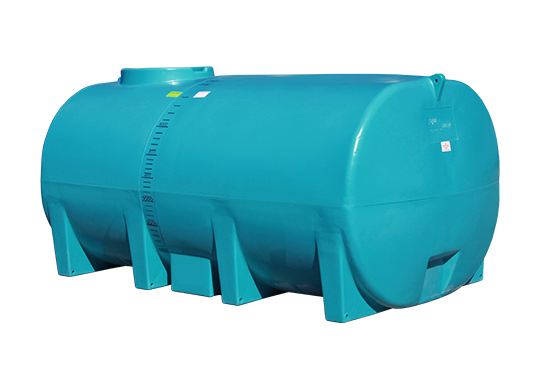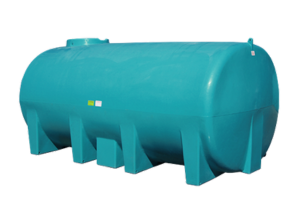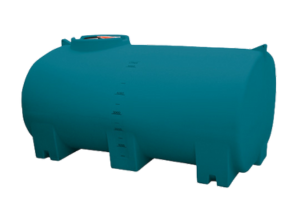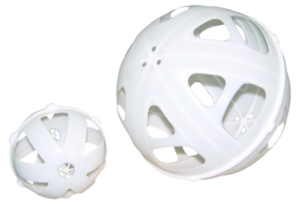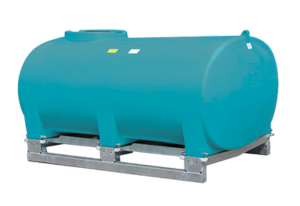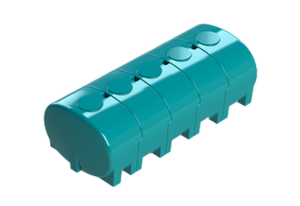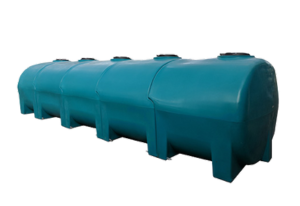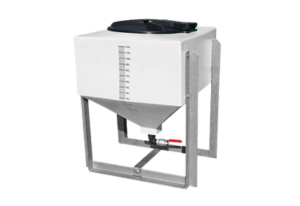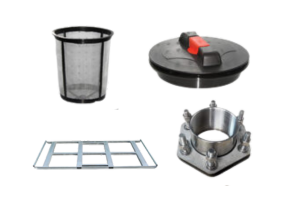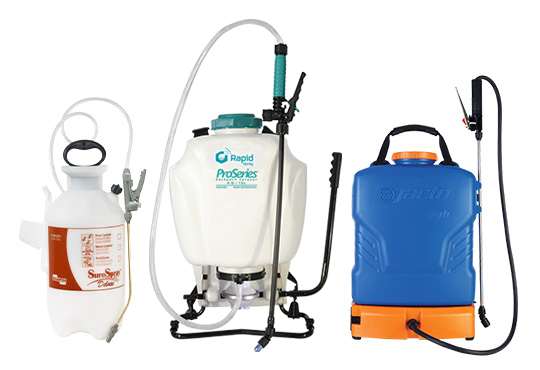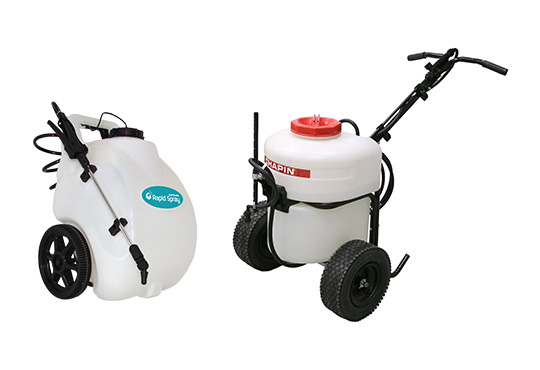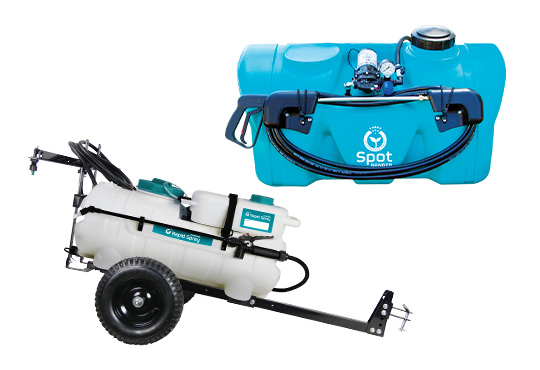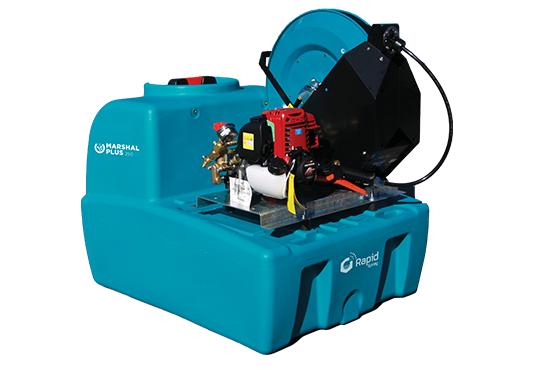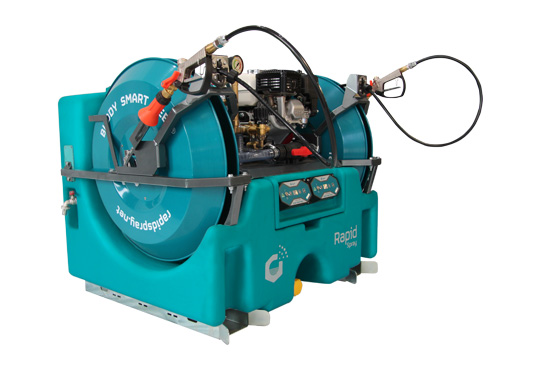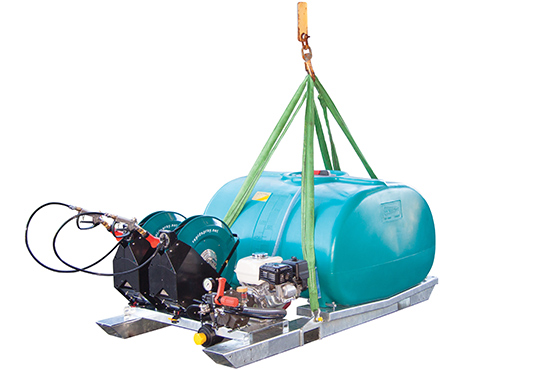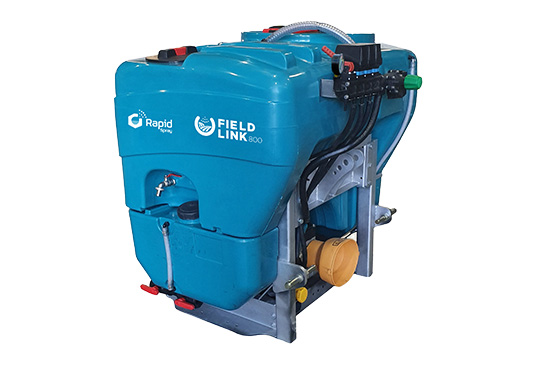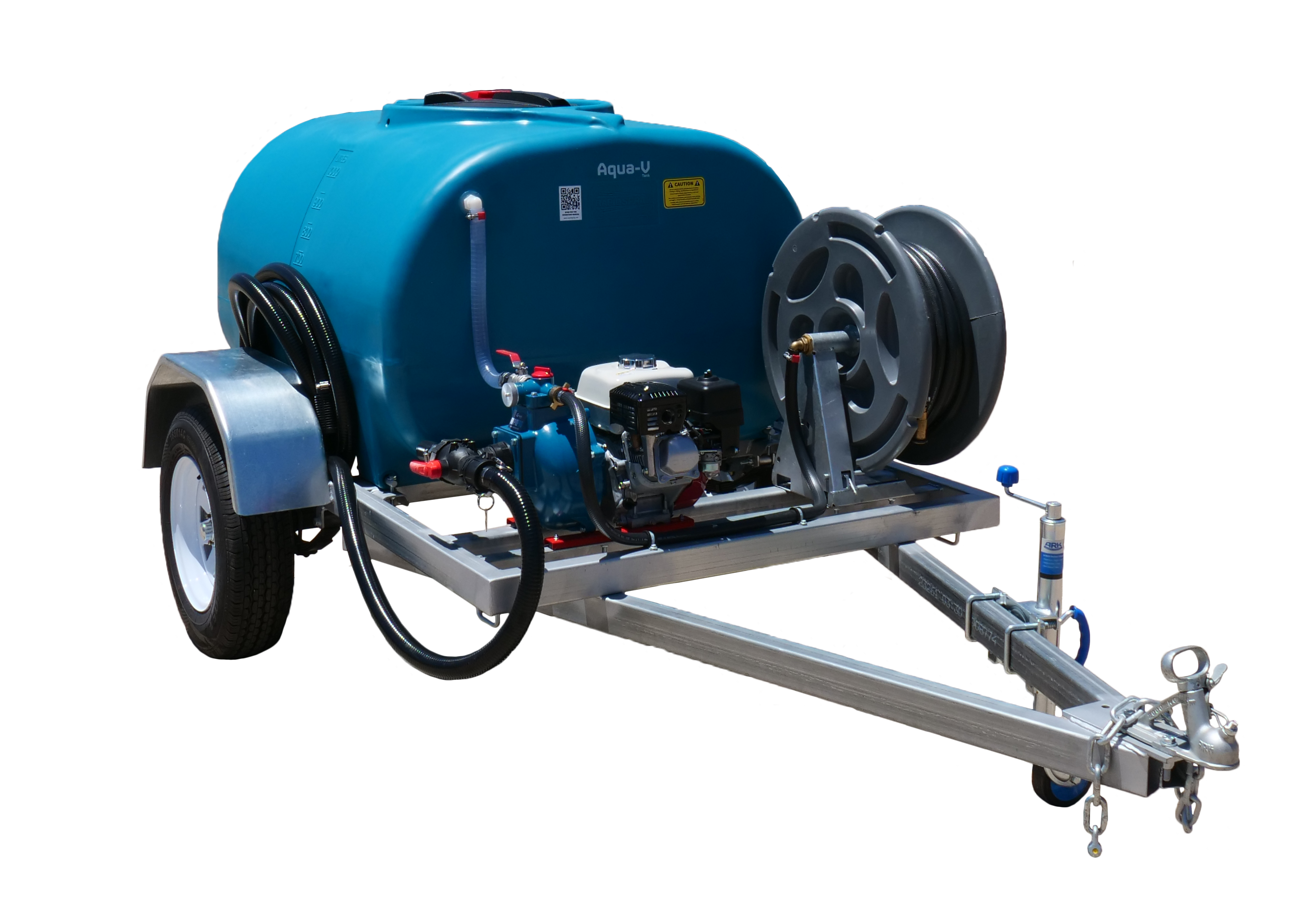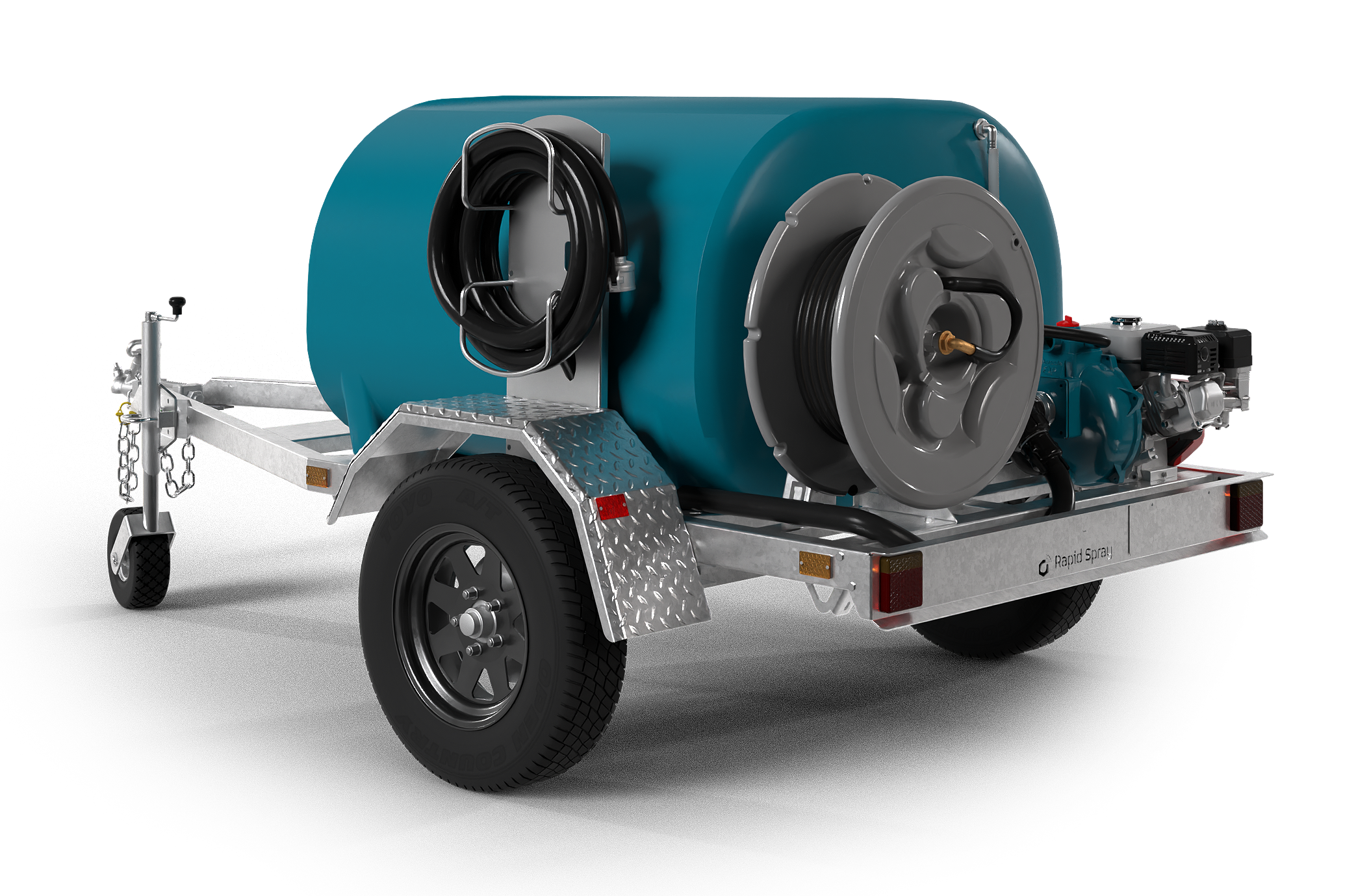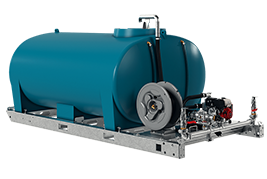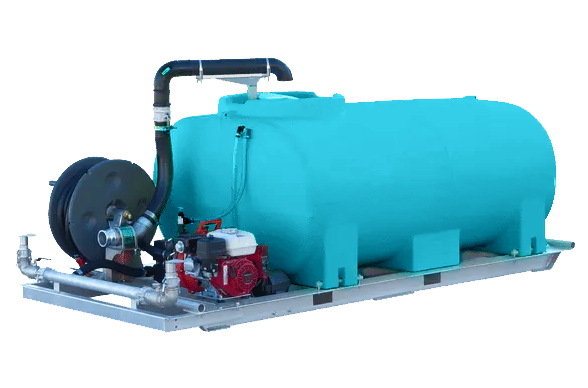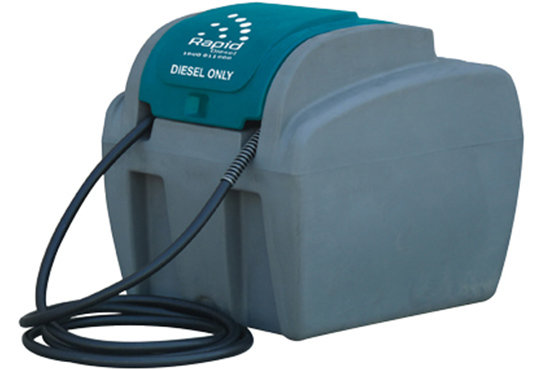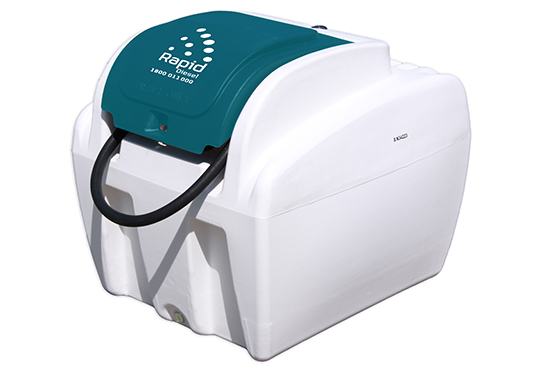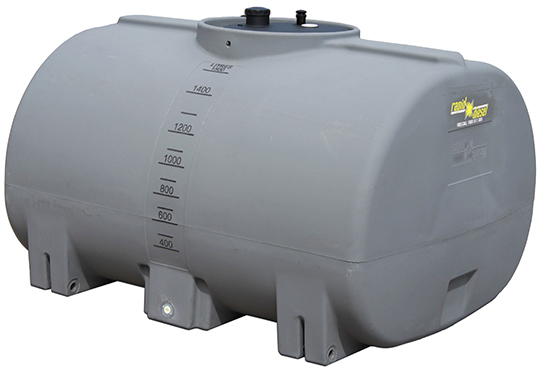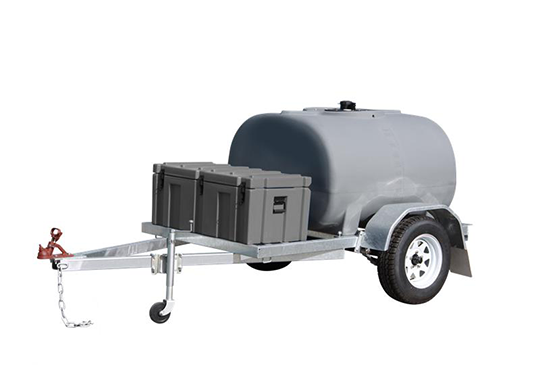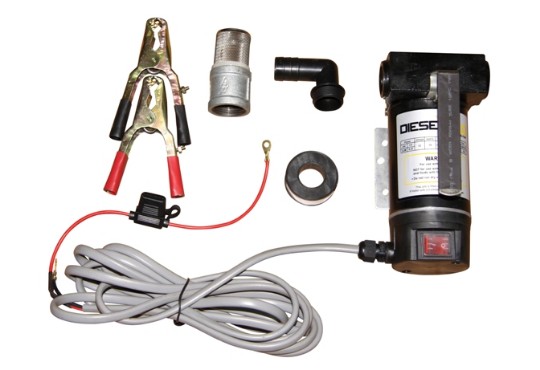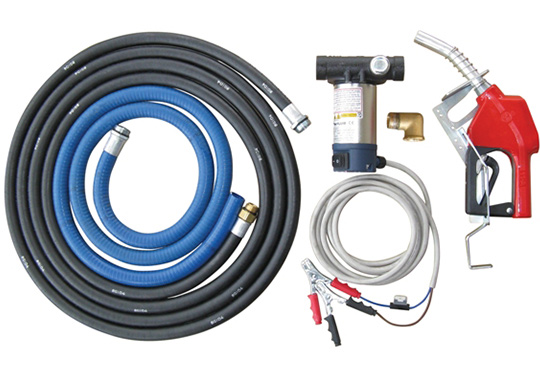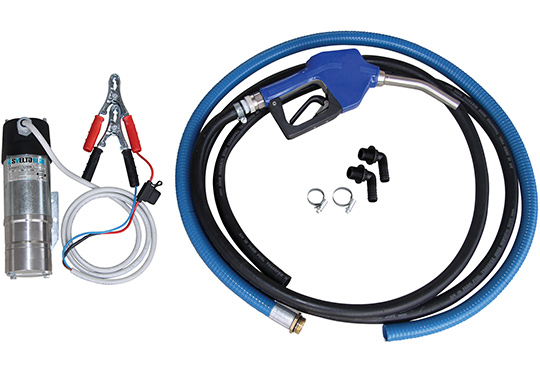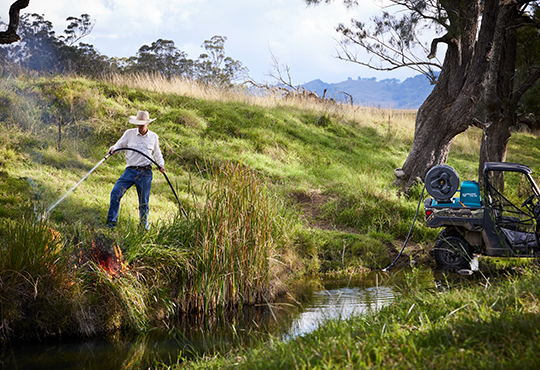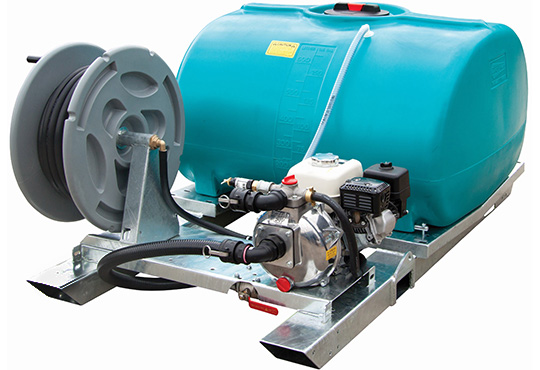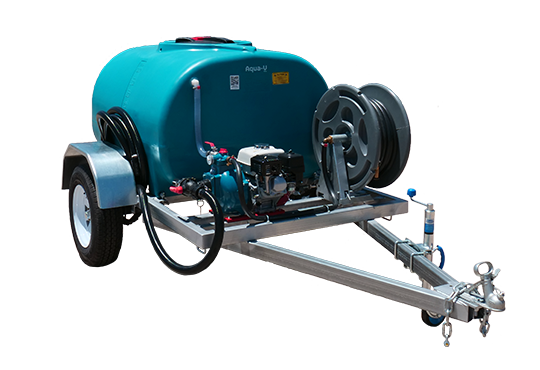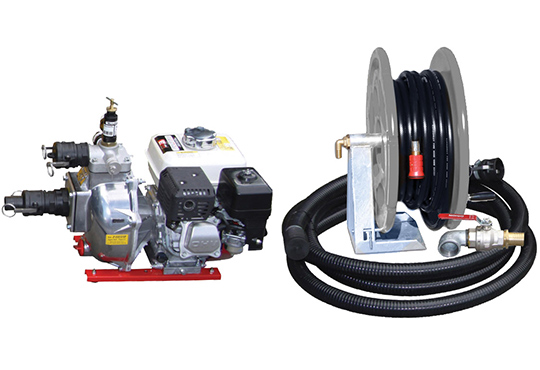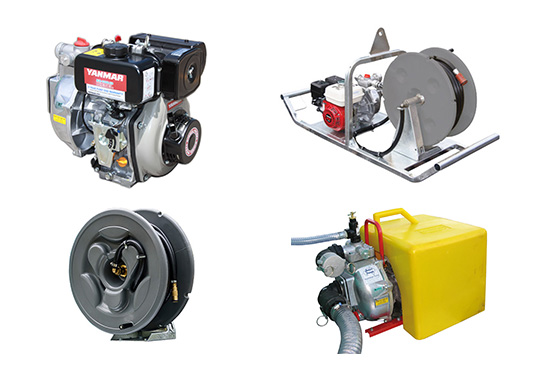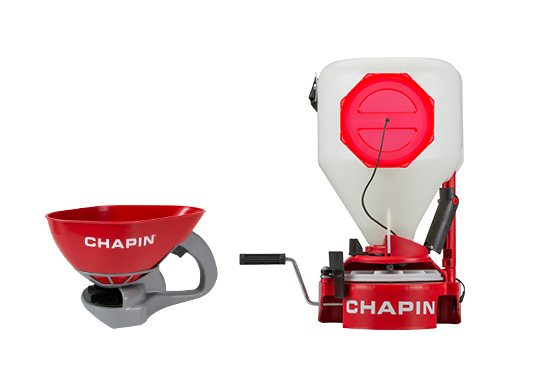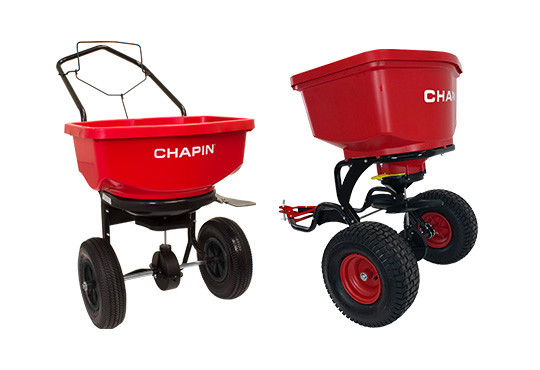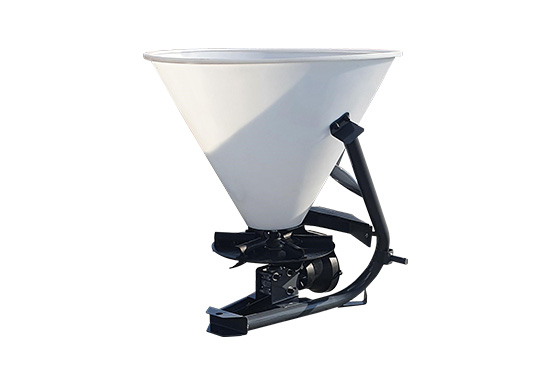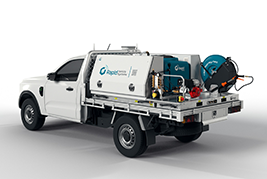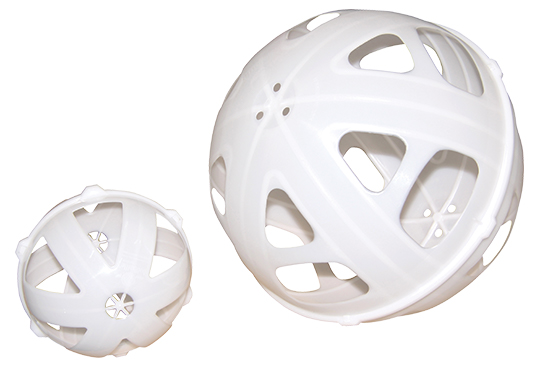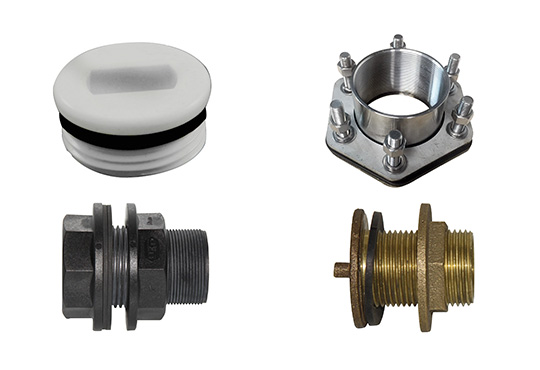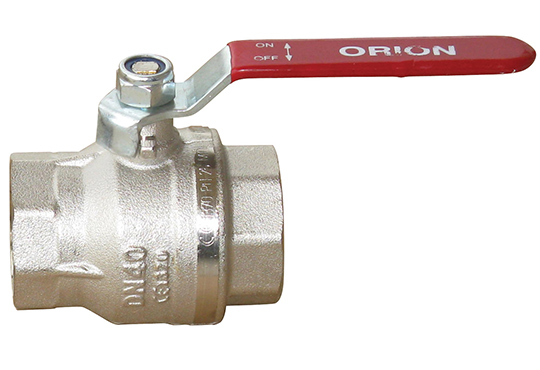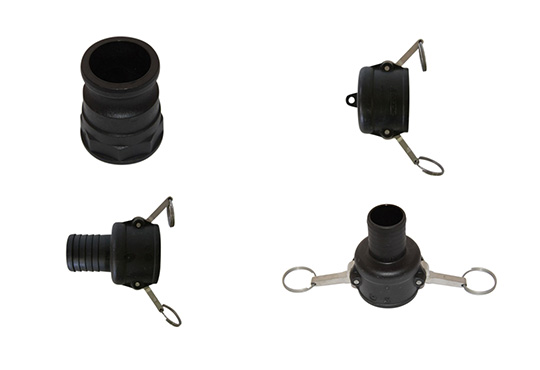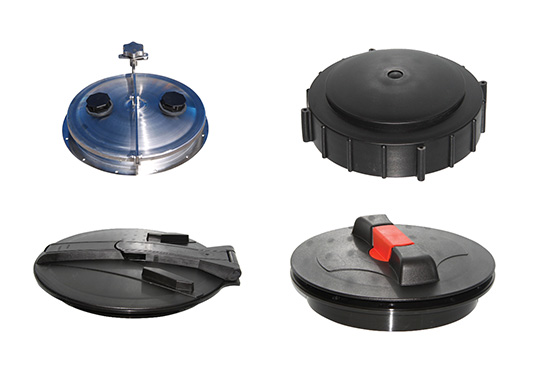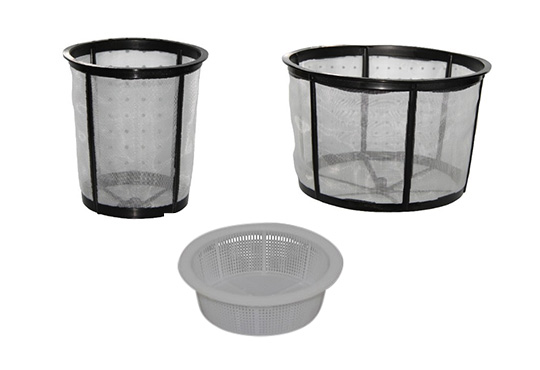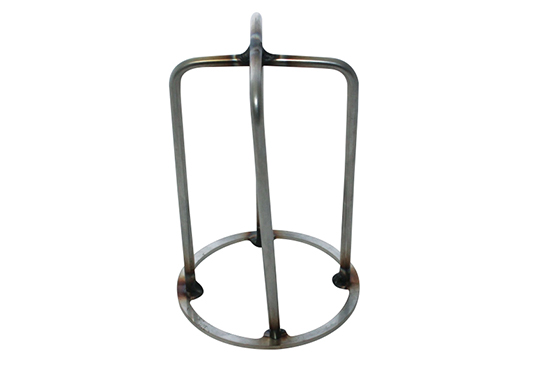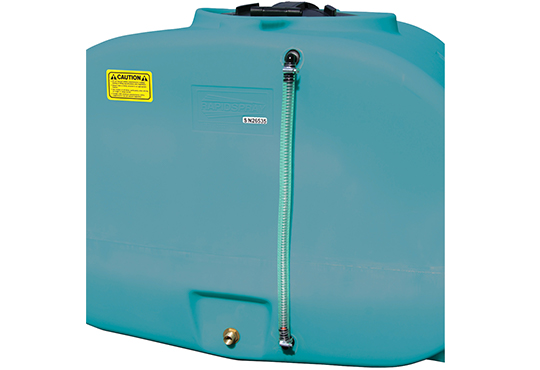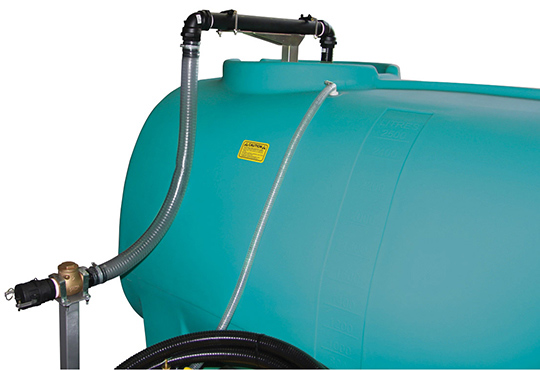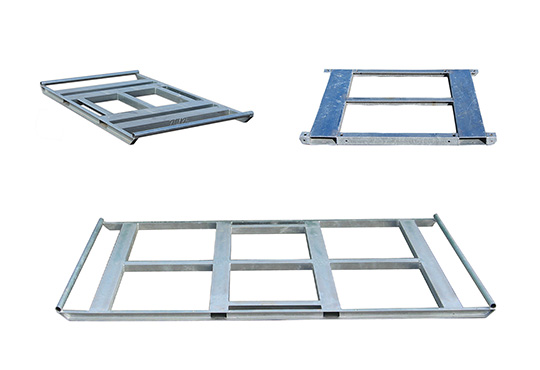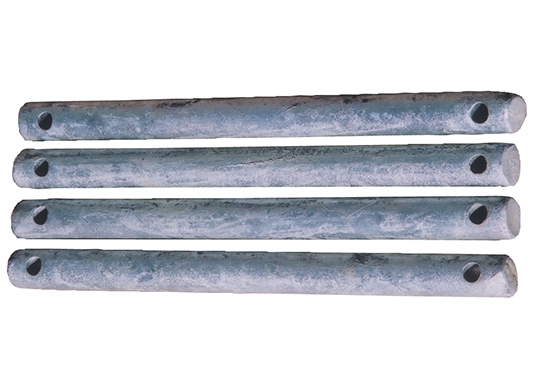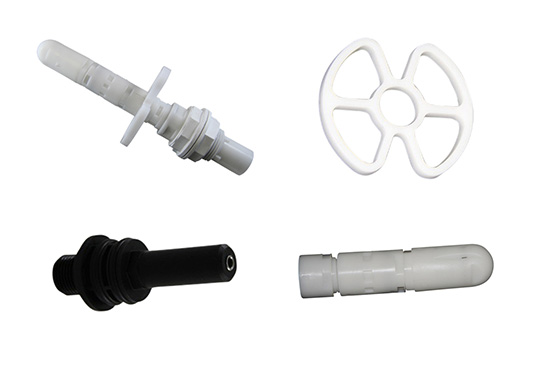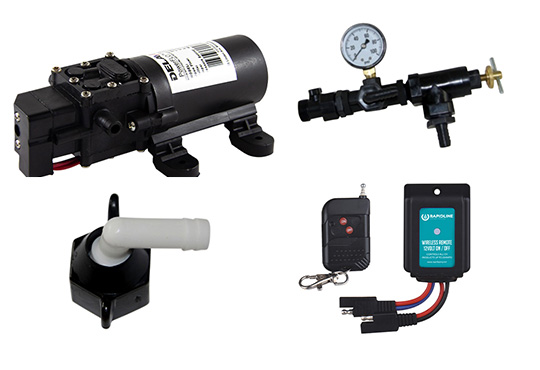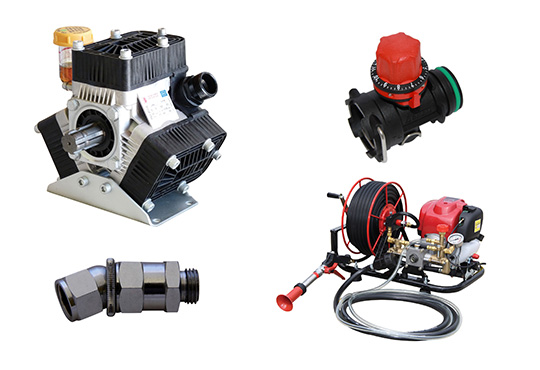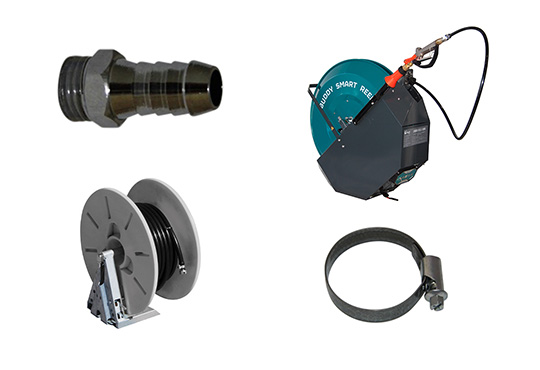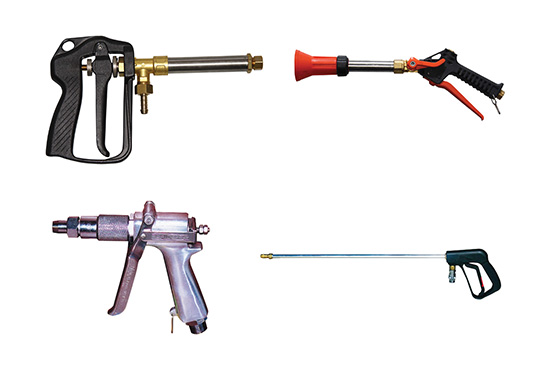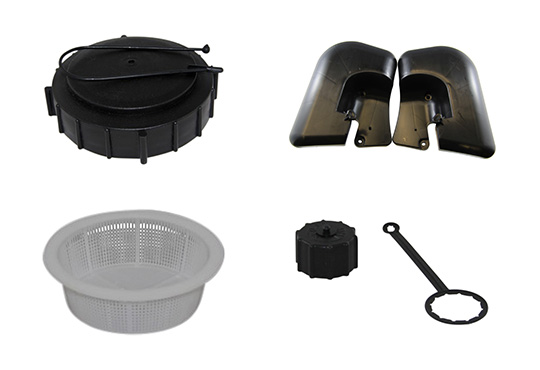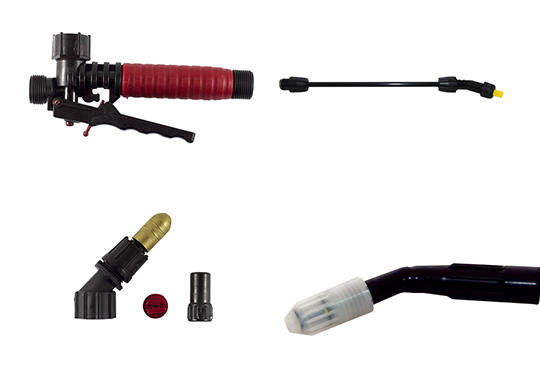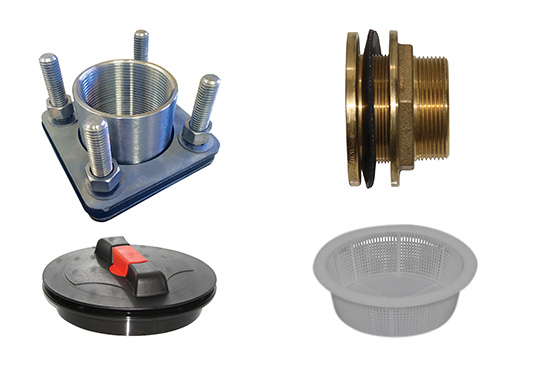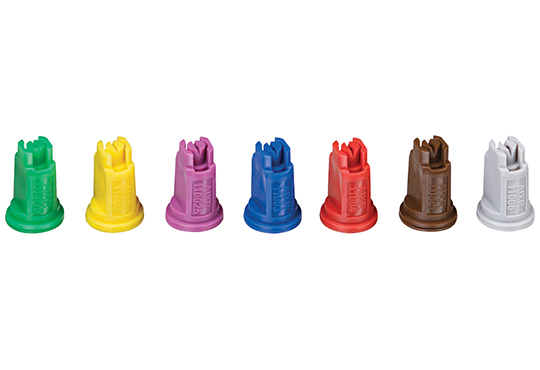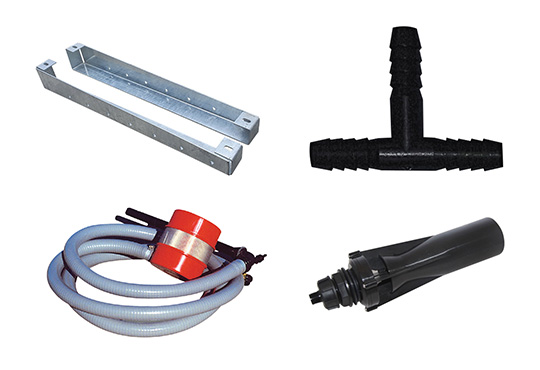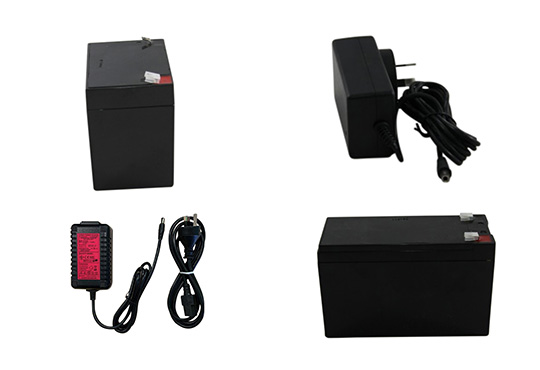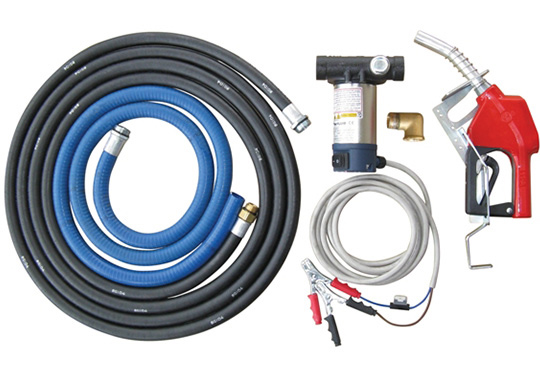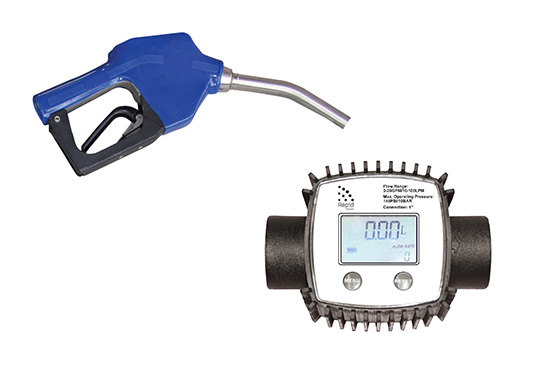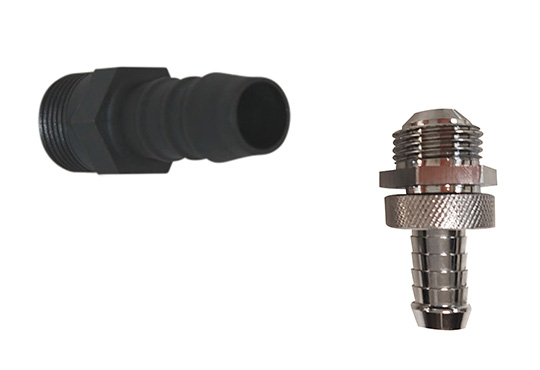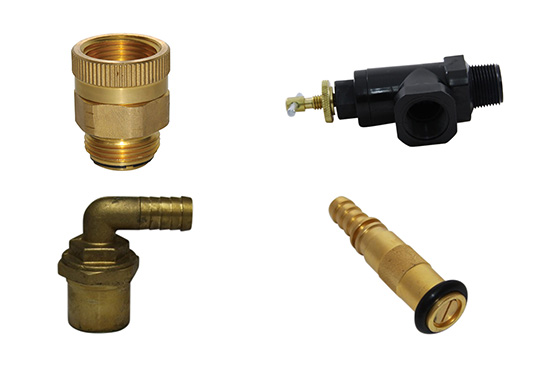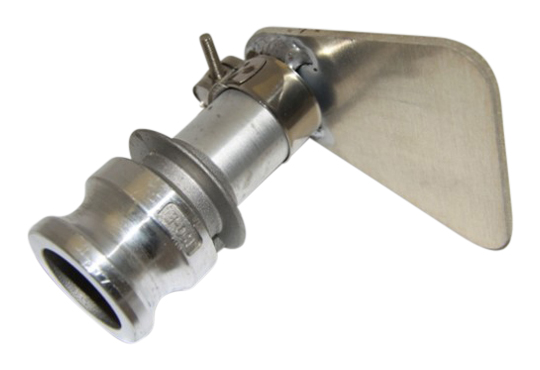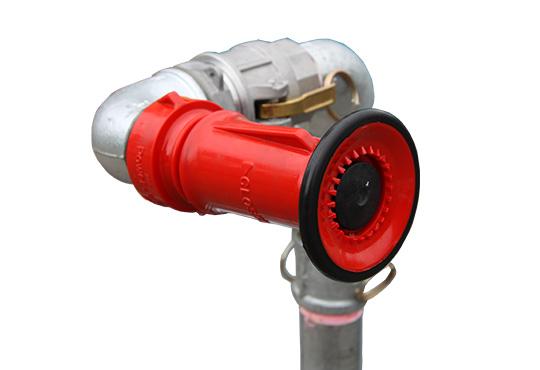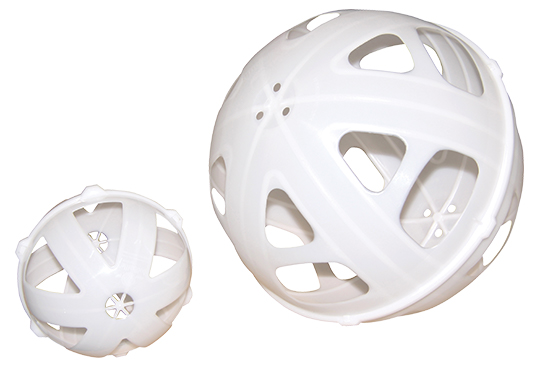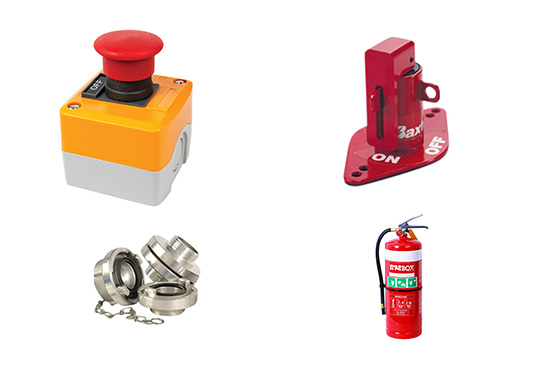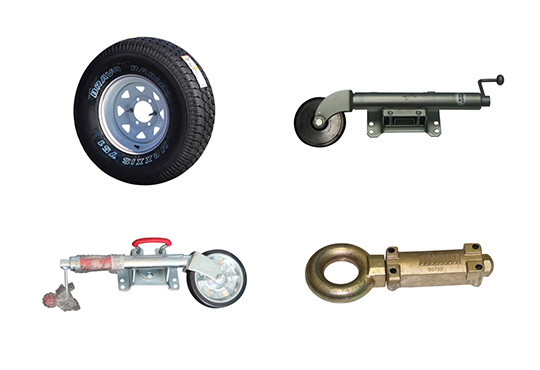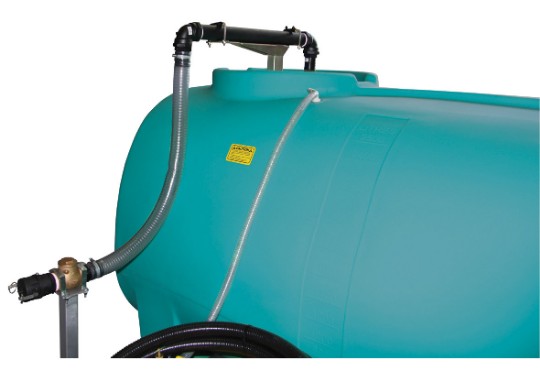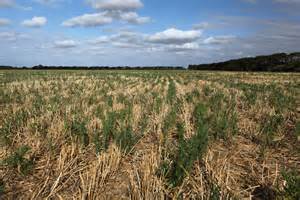
Usually seen on grass verges and roadsides, Fleabane has begun to invade crops and pasture areas and has become a risk to Australian farmers and producers, especially in Western Australia.
Fleabane is a major weed of fallows and competes for the vital resource of soil water in both crop and fallow phases. In Western Australia, Fleabane often germinates in spring and early summer prior to harvest. Once the crop is removed, the fleabane has no competition for light or moisture and can grow rapidly, especially with further summer rain. By the time there is a window for control, the fleabane are often large with an extensive root system and a reduced leaf area. This makes the plants tolerant to most herbicides. Large infestations of summer weeds have been implicated in reductions in available soil moisture for the following crop resulting in yield losses.
Fleabane is an upright annual weed and member of the daisy family with a taproot system and white to pale pink flowers. Grey and hairy in appearance, mature plants are capable of growing up to 1 metre in height and when mature produce tiny seed heads with fine hairs which are easily dispersed by the wind. Each mature Fleabane plant will produce an average of 110,000 seeds per annum, making the species a prolific seeder with a high potential for spread.
Germinating throughout the year but most common in spring, Fleabane seeds can germinate whenever temperature and moisture conditions are met. Once Fleabane plants reach maturity, they are often difficult to treat with herbicide therefore it is essential to apply herbicide treatment when plants are in the early stages of growth, mainly in early spring. Small Fleabane plants are relatively easy to control and treat with Glyphosate herbicides and a powerful motor driven spray unit.
Targeting small, young infestations by spraying the chemical ensuring complete coverage of all plants. Using a motor driven spray unit will ensure each plant receives a powerful stream of chemical and results in an effective kill. As Fleabane is capable of germinating all year round, follow up treatments will need to be carried out on a regular basis to ensure that new infestations do not occur nearby or in the area already treated.
For more information on the best spray equipment to control Fleabane infestations, click here to view the spray unit ranges from Rapid Spray or call 1800 011 000 for expert advice.




